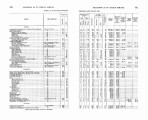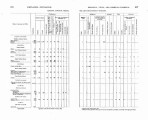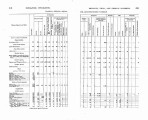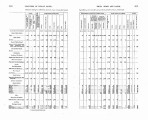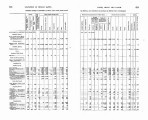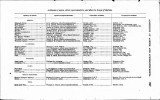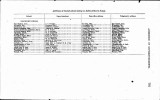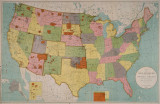| OCR Text |
Show COIWIISSIONEB OF INDIAN AFFAIRS. 25 level of a savage. Provide these incentives to the savage and he will begin the march toward civilization. While many have urged that the Indian should he taught how to work, it is only'within the past few years that such teaching has beep made practical. Theorizing and teaching the value of " work" to the young Indian does not, my more than it does for the white boy, indi-cate that he will apply it. Therefore it eeaoh school the relative value of instruction and labor is determined. A practical measure of this value is the result produced. Labor without attendant results is always distasteful. While the products raised are secondary to instrnc-tion, yet they will represent a fair standard by which to judge. In 1902 the value of subsistence raised on the school farms, and largely issued to the pupils, was $76,477.52; in 1903, $97,146.53, an increase of $20,669; in 1904 it was $116,259.82, an increase of $19,113.29. For seven years instruction in the schools has emphasized the dig-nity of labor. New habits have been cultivated by placing object lessons in modern buildings, better food, better clothing, and more civilized amusemenb before the Indian boys and girls. To see and to feel something higher is to desire, to reach for, and finally to acquire. But the long-continued Government and philanthropist policy of pauperizing the Indians, the conservatism of agenk, the incompetency of employees, were obstacles which have required time to overcome. The old scheme was to give freely annuities, houses, rations, stock, etc., and then, if necessary that work should be done for the Indians themselves, to pay them enormous wages for the same, or provide employment for some political or personal henchman of 'the agent or his backer, by establishing new positions for employees to perform labor which should have been done by the red man himself. Every incentive was thus taken from the able-bodied Indian to provide even the sballest creature comfort for himself and family. In 1897 the total value of products raised and sold by Indians was $1,033,047; in 1900 it was $1,408,865, which increased the past year to $2,208,469. Gauge a community by the condition of its roads and apply the same rule to Indian reservations. In 1897 the Indians worked 14,247 days on their highways, and in 1903 they gave for this purpose 95,215 days of work. These two items alone are indications of progress which speak loudly for the success of a continuous policy of only seven years. As the schools have multiplied, and children passed through them, the effect is shown on the breaking away from the blanket and long hair. In 1897 there were 182,843 Indians in the United States, exclu-sive of Alaska and the Five Civilized Tribes. Of this number 88,939 wore citizens dress wholly, 33,804 partly. Out of a population of 187,966 last year, 111,703 dressed entirely as American citizens and 44,558 in part. There are to-day 156,261 Indians out of a total of |






















































































































































































































